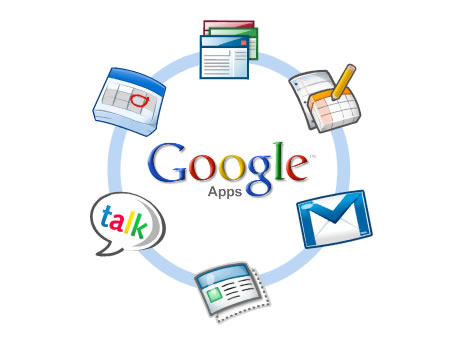I think that technology integration will be crucial for future students living in the modern world. However it is important for teachers to keep in mind that some students may not have the same accessibility to technology. An example of this would be the Olivia’s Story video we were required to watch for Interactivity 1. I remember reading in Domine’s book that the teacher should be aware of the technological resources the school has to offer, and utilize them. This is a good way to make sure each student has the same opportunity to learn and participate. Teachers should also exploit technology use and online resources, especially free applications.
It is amazing to see how much Google has to offer. I have recently found out about Google Drive, a new FREE replacement for a USB device in many ways. Google also offers functions that compete with the well-known Microsoft Office programs like Word. Microsoft can be expensive when it is not included on a computer; Google offers similar programs for free, all you need is a GMAIL account. Google Presentation is like the equivalent of PowerPoint and Google Spreadsheet is just like Microsoft Excel. After utilizing Google Spreadsheet for two of our Interactivities, I have learned how I could integrate technology into my life, not only as a student but as a future teacher as well. I think it is interesting how documents can be shared so easily through Google. I thought it was very cool how our Professor used the Google application to see who contributed to the document and when. It’s a good way to check and judge student participation.

